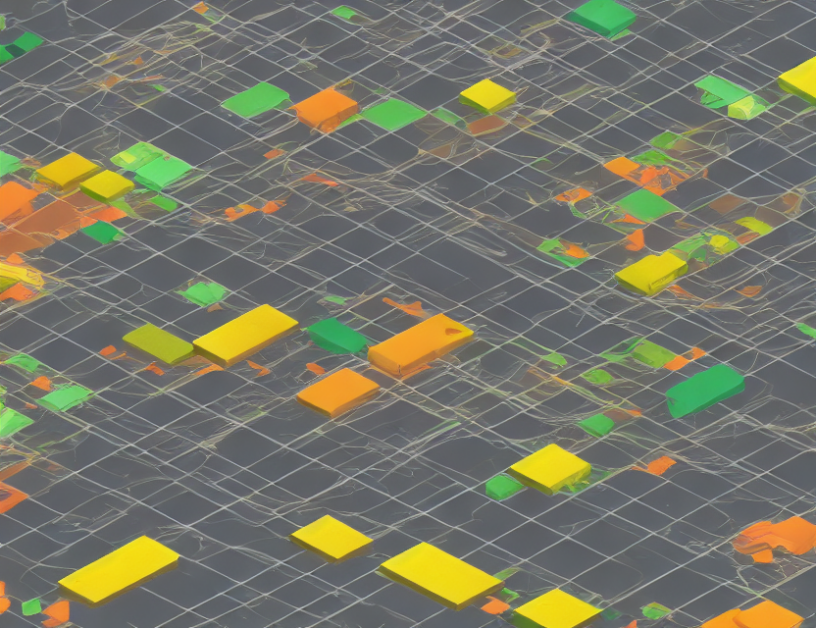In this article, we explore the limitations of deep learning models in image classification tasks due to computational constraints. We discuss how the attention mechanism in popular architectures like Transformers can be adjusted to reduce the computational complexity while maintaining accuracy. Specifically, we propose scaling the attention mechanism’s computational complexity linearly with sequence length, which allows us to process longer sequences without sacrificing accuracy.
To illustrate this concept, let’s consider a scenario where we want to classify medical images into different categories. Imagine you are a doctor trying to diagnose a patient based on an MRI scan. The scan is like a large puzzle with many tiny pieces that need to be put together to identify the correct disease. Deep learning models like Transformers are like powerful tools that can help doctors solve this puzzle faster and more accurately.
However, these tools have limits. Imagine you have a very complex puzzle with millions of pieces. While a good tool can help you identify many pieces quickly, it may not be able to handle the entire puzzle at once without slowing down or making mistakes. This is where computational constraints come in. Just like you can’t solve a puzzle too big for your hands, deep learning models can only process so much data before they become slower and less accurate.
To overcome these limitations, we propose adjusting the attention mechanism in Transformers to reduce its computational complexity while maintaining accuracy. This is like using a special tool that helps you focus on the most important pieces of the puzzle, allowing you to solve it faster and more accurately. By doing so, we can process longer sequences without sacrificing accuracy, which is essential in medical image classification tasks where accurate diagnoses are crucial.
In summary, this article explores the computational constraints on deep learning models for image classification and proposes a solution to overcome these limitations by adjusting the attention mechanism in popular architectures like Transformers. By doing so, we can improve the accuracy and efficiency of deep learning models in medical image classification tasks.
Electrical Engineering and Systems Science, Image and Video Processing
Unlocking Meaningful Output Confidences with Soft Labels: A Computational Constraints Analysis



